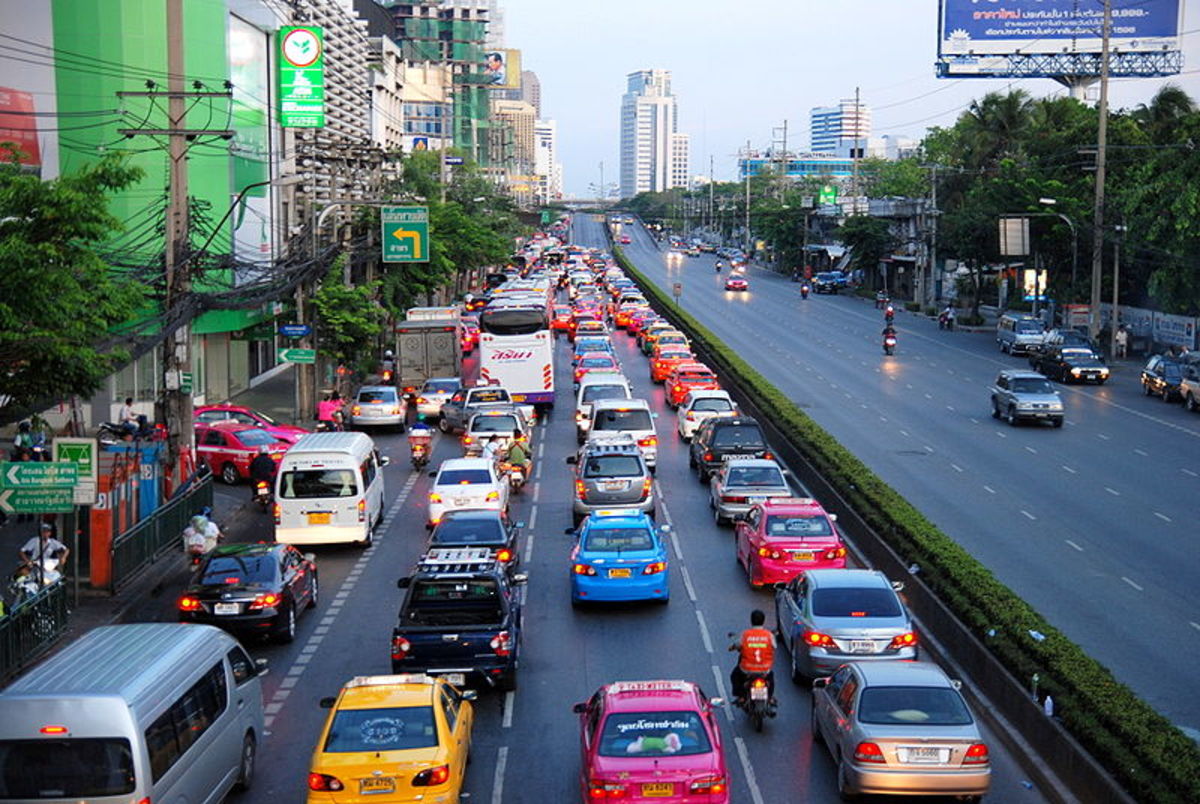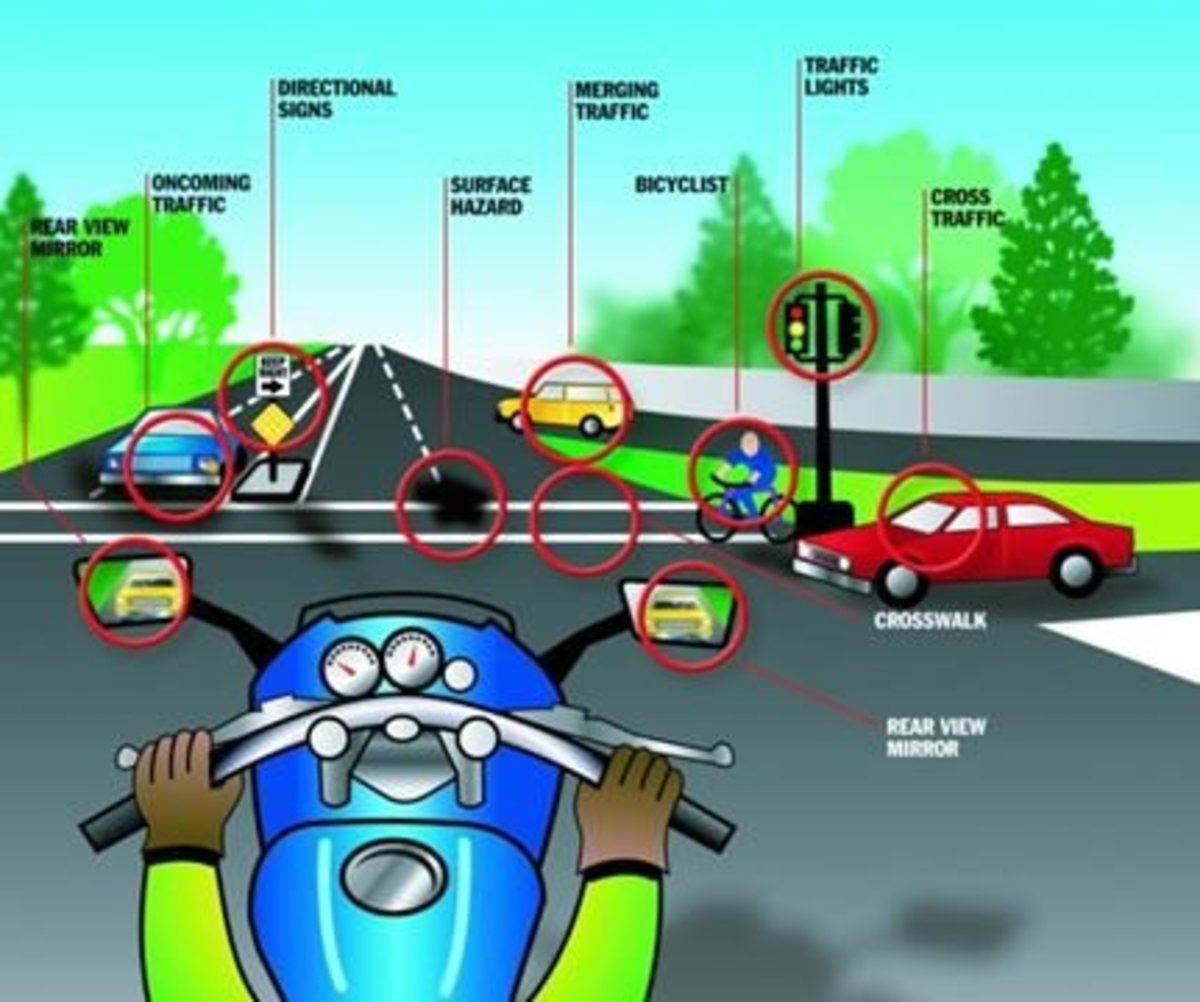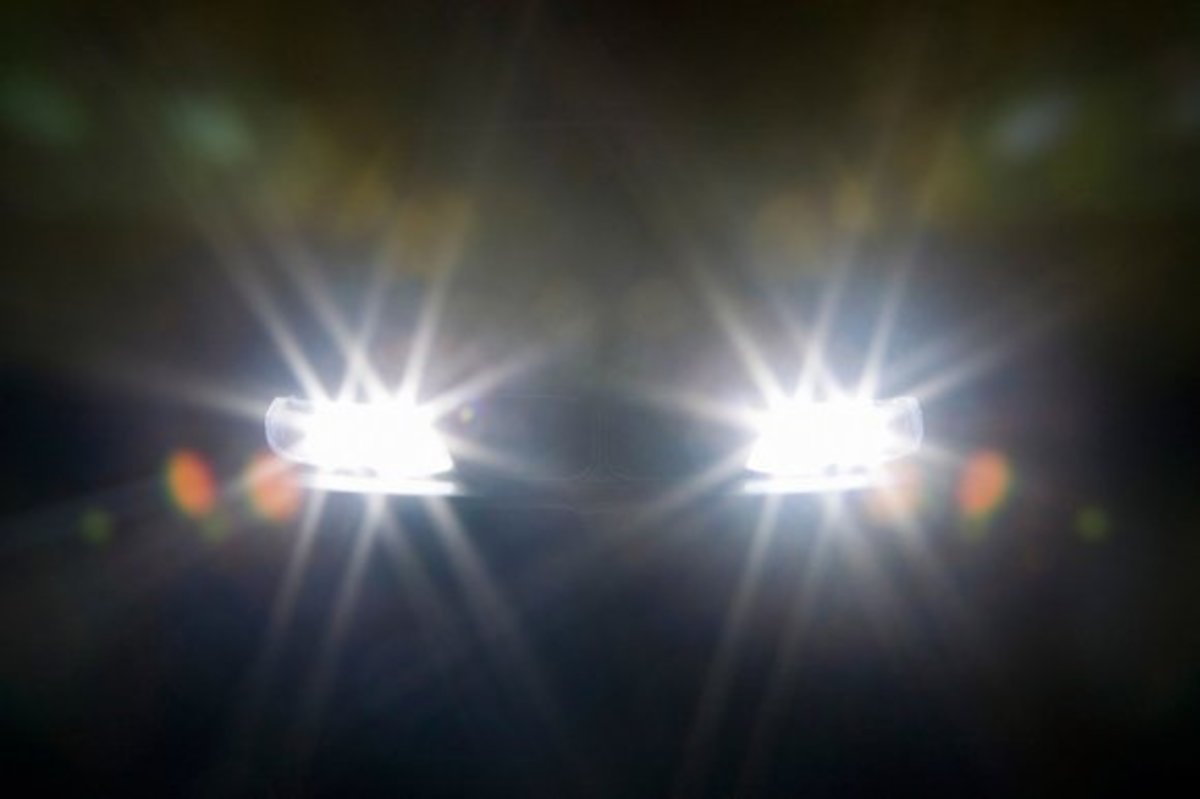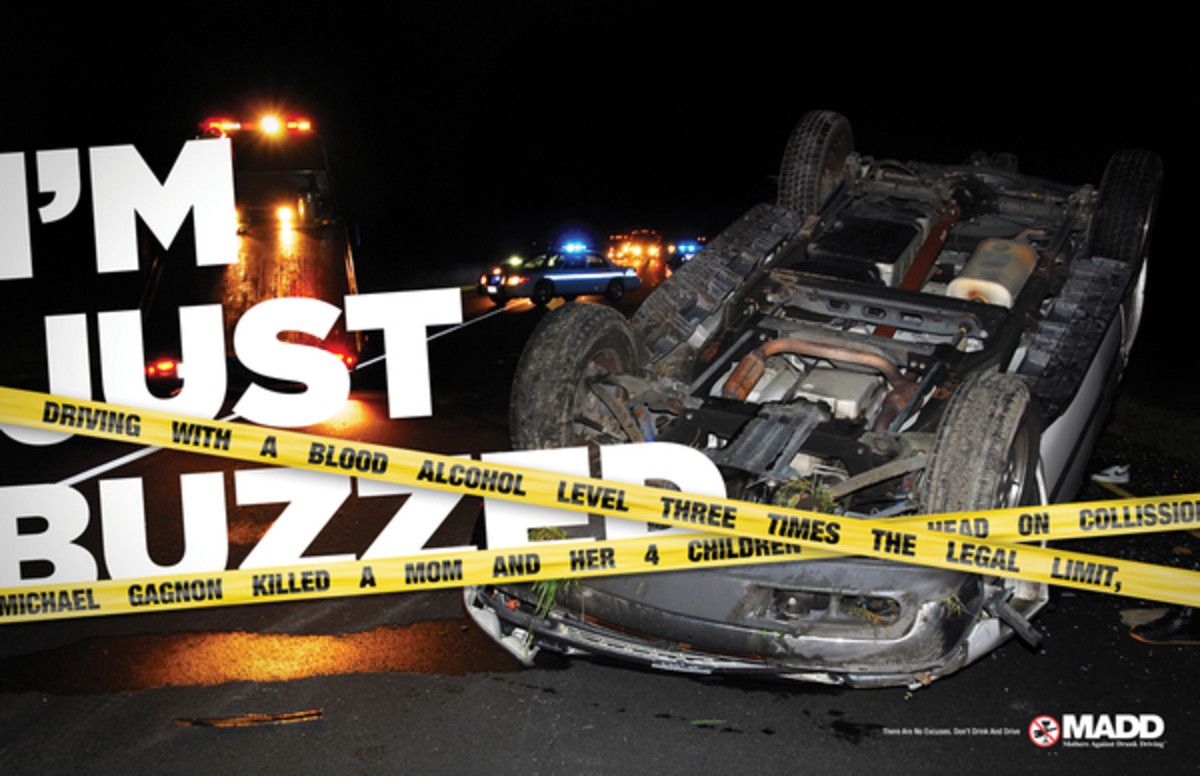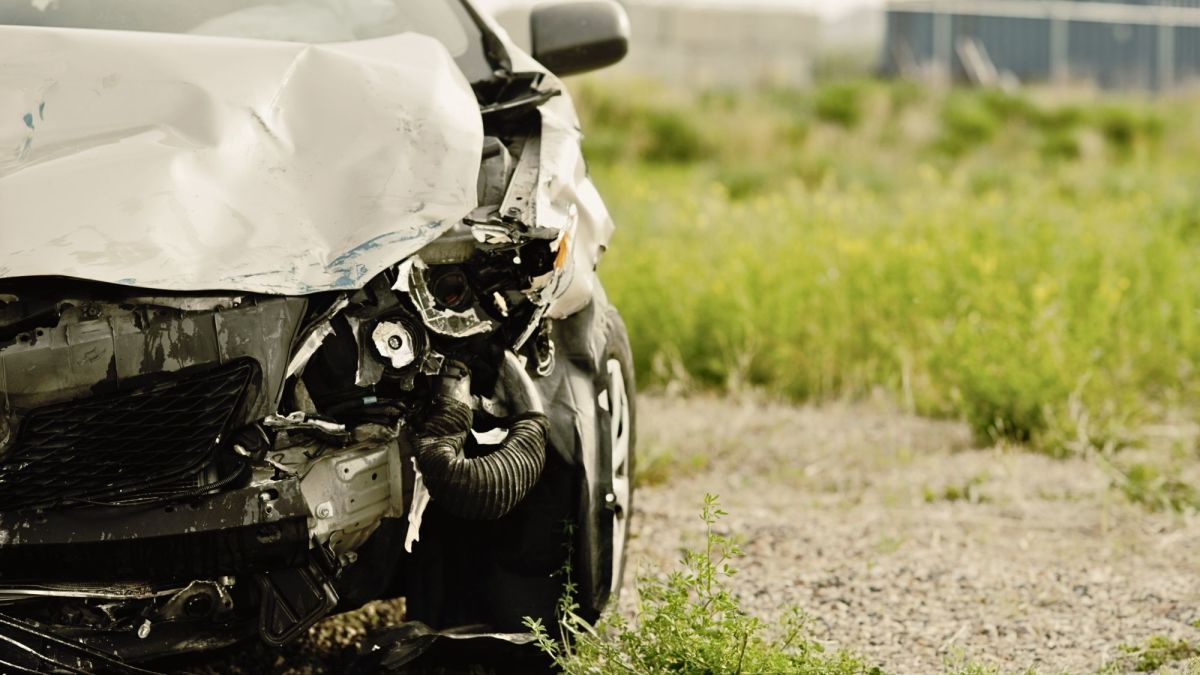Are Your Lights REALLY On?
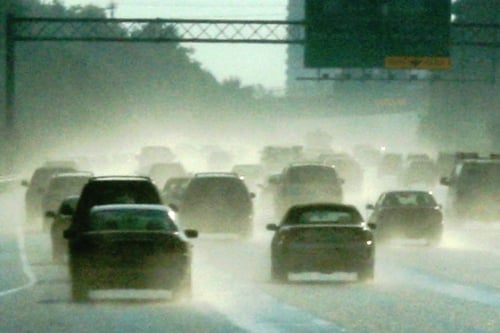
Tragedy on the Highway
A dense fog rolled in overnight. You rush to get ready for work so that you can allow yourself a few extra minutes of driving time. The radio warns of a pileup on the freeway along your route, so you already know you have to take an alternate route if you have any hope of getting there on time. You take a quick shower, get dressed and grab your morning coffee before rushing out the door. The fog is so dense, you can barely see your neighbor's house as you walk to your car in the driveway. You get in, buckle up then carefully back out onto your street and start your morning commute.
Minutes later you are on the freeway. Once you are outside of town away from the city lights, the fog is so thick that you can barely see the tail lights of the car in front of you. You try to keep them in your sight and follow at a safe distance, keeping your speed down to give yourself plenty of stopping distance in case there is a problem up ahead. You are confident that you are being safe, driving a comfortable 40 MPH, even though the speed limit is 65 MPH. After all it is unsafe to drive any faster in this dense fog.
Then you notice a pair of headlights in your rear view mirror coming up fast. They do not seem to be slowing down. BAM! You’ve been hit from behind, and your car spins wildly out of control onto the side of the road. Thankfully, you are only shaken up, and are not seriously hurt. You get out of your car, angry that this idiot was driving too fast for conditions. You walk back to the other vehicle to check on them and discover that they did not fare as well as you did. The passenger from the other car is screaming and crying, and you notice she is holding the limp body of her 2 year-old child in her arms. The driver, realizing his wife is holding their dead daughter turns to you and says, “You killed my daughter.”
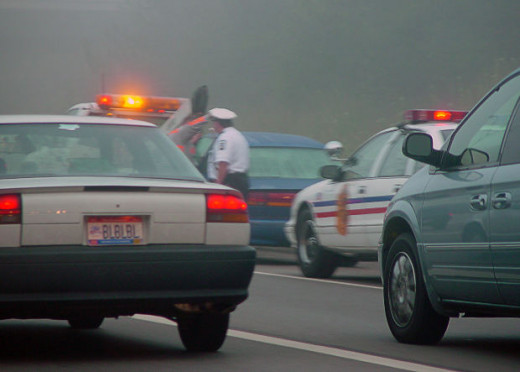
That Moment of Clarity
During the tense and emotional moments that follow, the police and rescue personnel arrive on scene. The parents of the young girl sob emotionally as the ambulance crew slowly places their daughter's body on the stretcher and begins walking toward the parked ambulance. The police officer who had been talking to the driver of the other car now approaches you. He begins to question you on what happened, and at one point asks you if you had turned on your head lights? You tell him, "Yes, my car has automatic lights. They come on whenever they are needed."
Even as you say the words, you begin to doubt them. The father's earlier accusation sinks in as you realize that perhaps you only thought your lights were on. You have always took it for granted that your lights were on when needed, but now you are not so sure. The realization begins to sink in that you may be responsible for the death of this child. You look at your own wrecked car, it's trunk caved in and back window glass shattered. What if your own daughter had been in the back seat? What if your pregnant wife had been beside you in the passenger seat? You thank God that they are back at home, safe and sound. But from this day forward, you will have the life of this family’s child on your conscious.
Know Your Vehicle's Safety Features
Tragedy like this can be avoided. It is our responsibility on the road to be aware of the safety features of our vehicle, use them when appropriate, and be aware of road conditions that are unsafe. When I first started driving back in the 1980’s, cars had a pull switch to turn on the headlights. When you pulled the switch halfway out, the park lights would come on and pulling it out all the way would turn on the head lamps. But, new cars have evolved and most vehicles today have more advanced lighting features. In fact, many cars offer new options like “daytime running lights”, “advanced front-lighting system”, “adaptive high beam assist” and other automatic and high tech lighting enhancements.
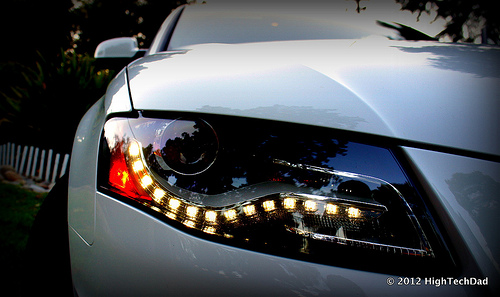
Depending on your automobile manufacturer and model, these features behave very differently. It is important to know exactly what features are installed on your vehicle and how they work. Anytime that you are driving a new or unfamiliar vehicle, you should take a few moments to make yourself aware of how these features work on that particular vehicle before operating it in inclement weather and low visibility conditions.
For example, I drive a 2013 Ford Focus. It is equipped with a feature Ford calls “autolamps”. If I enable this feature by turning my switch to the auto setting, then, according to my user manual my headlamps will “switch on and off in low light situations or during inclement weather.” This sounds great, right? It sounds like I shouldn't have to worry about this because anytime there is inclement weather like rain, snow or fog, my lights will come on automatically, right?
Wrong! You see, it is then important to know what will cause my car to “detect” that there is inclement weather. Is it smart enough to know that it is foggy outside? Can it detect that the road is wet or icy? Does it know that it is dark enough to warrant turning on the lights?
The answers to these questions may vary depending on the other safety features of your car. For example, my particular model has a light sensor that will detect low light, and will automatically turn on my head lamps and tail lights if is too dark. This can cause my headlights to turn on in mid-afternoon if it a big storm is rolling in and it starts to get really dark and scary looking. They will also turn on if I drive into a dark tunnel or parking garage. It also ensures that both my head lamps and tail lamps are on after dusk and before dawn. My particular model also will automatically turn on my head lamps and tail lights if I activate my windshield wipers.
But what will happen if it’s not raining or snowing and I haven’t turned on my wipers? What if it is bright enough outside to prevent the light sensor from turning on my lights, but foggy enough that I can barely see my hood ornament? How will my car know that it is foggy enough that other cars can’t see me?
The answer is, it won’t.
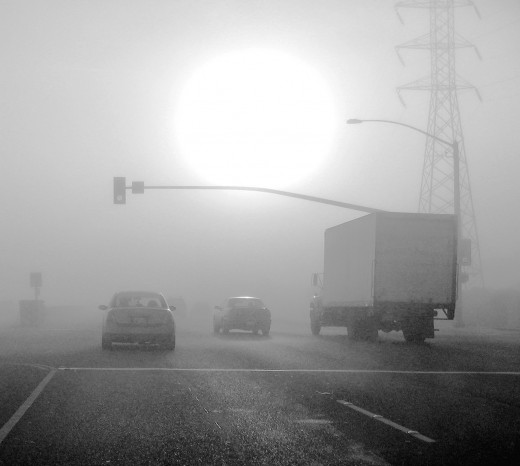
Conclusion
In order for me to remain visible to other traffic and turn on my head lamps and tail lights, I will have to manually switch my lights from the “Auto” position to the "On" position. Additionally, I have to manually engage my fog lights separately. Failure to do so could be very tragic for me and my family, or other innocent drivers and passengers on the road. Remember, that in fog, rain and snow, particularly during the daylight hours, you are not turning on your lights so that you can see well. You are turning them on so that others can see you better, and hopefully avoid a collision.
Be seen! Do not rely on automatic or daytime running lights. When the weather turns sour, ensure that you are being safe and make sure that other drivers can see you. Other drivers will thank you, and the life you save, might be your own or someone you love.
Additional Safety Tips
Here are some other tips to keep you safe during low visibility driving conditions:
- Use your low beams. High beams can blind oncoming traffic and can also cause too much reflectivity back on the snow, rain, or fog reducing your own visibility.
- Follow at a safe distance. If you follow too close, and the vehicle in front of you has to make a sudden stop, ensure you have sufficient time to avoid rear ending them.
- Reduce your speed. Don’t out-drive your headlights. Ensure you have time to stop if something suddenly appears in front of you.
- Use the right edge of the road as a guide to help keep you in your lane, but be cautious for traffic that may be stopped on the side of the road.
- On multi-lane roads, avoid speeding past lines of stopped or slower moving traffic at a much faster rate of speed. They may be stopped for an accident, or a vehicle may decide to pull into your lane suddenly just in front of you.
- Do not stop on a freeway or heavily traveled road, and NEVER stop in the roadway. Always pull to the side (preferably the right side if possible). Always use your hazard lights to let traffic behind know there is a dangerous condition ahead.
- Listen for traffic you can’t see. Roll down your window slightly to help you hear other traffic that may be nearby but not visible.
- Use your wipers, defrosters, etc. if needed to ensure that your windows remain clear.
- Before starting your trip, ensure that ALL windows are scraped free of ice and snow. Many people neglect to clear their side and rear window’s, and this can hamper visibility severely. Also, don’t forget to clear your outside mirrors of ice and snow.
© 2013 Dave Wright


